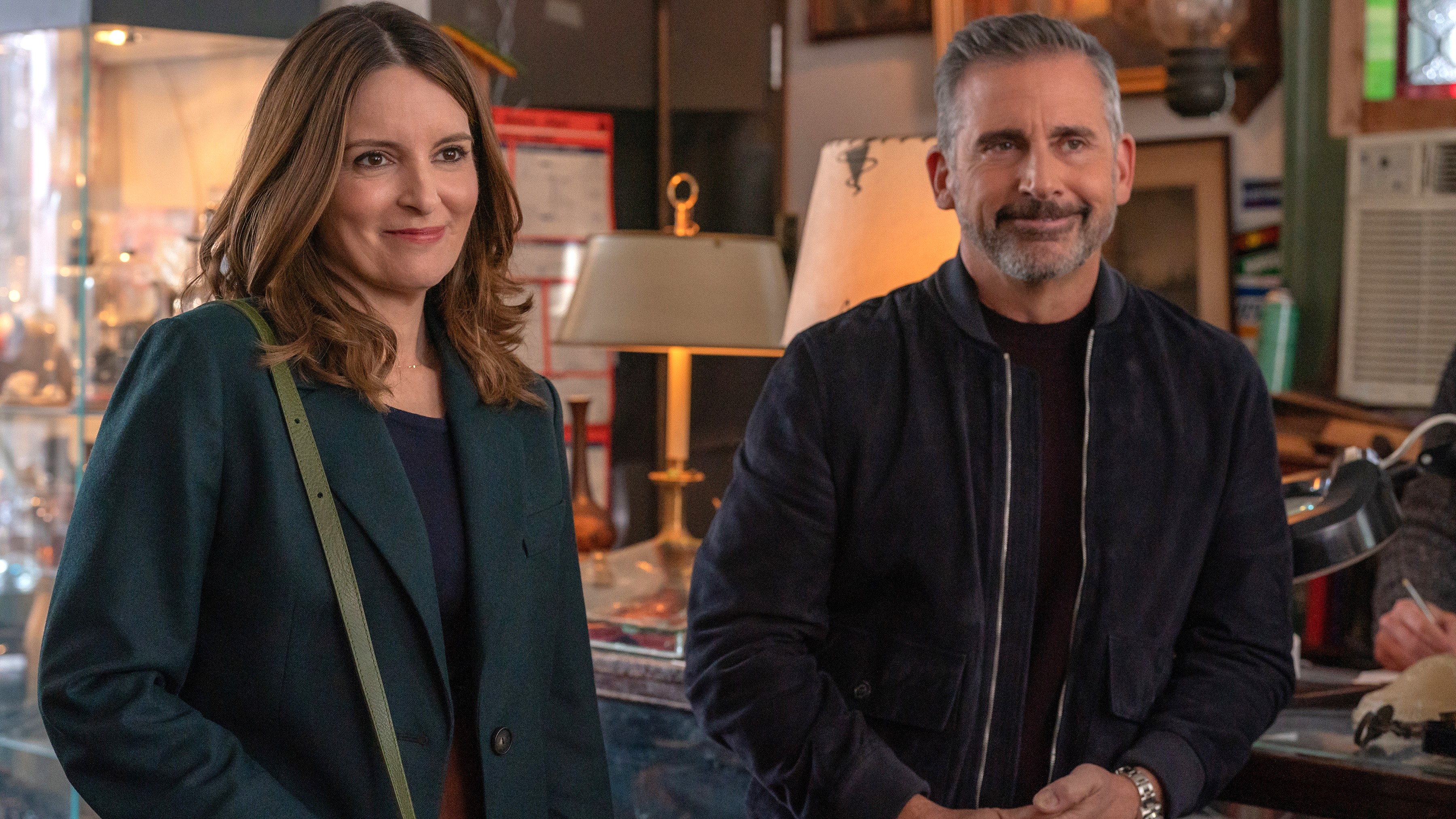A modest, if unlikely, proposal for a better government: a grand coalition
Election campaigns, with their platforms’ hypotheticals, bring out a lot of magical thinking. As The Globe and Mail editorial board put it this week: the fiscal frameworks in both the Liberal and Conservative costed platforms are “built on sand.” So please indulge me while I share some fantastical thinking of my own. After the English-language leaders’ debate, when the official sparring was over but the cameras still rolling, there stood Mark Carney and Pierre Poilievre, chatting civilly – even, dare I say, warmly. For two hours, we had watched four leaders debate ideas with varying degrees of integrity, intelligence, passion and even humour. And I thought: what if we could draw on all of these leaders’ skills for the betterment of this country, rather than be satisfied with the familiar horse-race approach to elections and the combative manner of governance? Leading with all we’ve got seems especially appealing as we navigate the uncharted territory of having both our economy and sovereignty threatened by the United States. How much stronger could Canada be if politics wasn’t merely a partisan exercise, but was actually about the higher pursuit of governance? (You can stop laughing now.) If all parties in the House of Commons, each with members elected by Canadians, worked together – rather than acrimoniously, shouting (literally) down opposing members in a daily display that rivals any school playground on the nah-nah-nah-nah-nah scale. For instance, as much as Mr. Poilievre’s attack-dog countenance can rankle, wouldn’t it be great to see him go full bulldog on Canada’s behalf – in conjunction with the more diplomatic approach of Mr. Carney? And with Jagmeet Singh’s genuine compassion, and the Greens’? And even with Yves-François Blanchet’s blunt authenticity, as he advocates for Quebec? Given the threats we are facing from Donald Trump, could a true wartime-like coalition government emerge at some point? We did have one, in 1917, during the First World War. Conservative prime minister Robert Borden proposed a coalition to Liberal leader Wilfred Laurier. He rejected the proposal, but some Liberals joined the Union government, which received a large majority in the election at the end of that year. That said, this was not exactly a selfless political pursuit. The coalition was formed amid the explosive issue of conscription, an absolute non-starter in Quebec. Mr. Borden was not only trying to deflect criticism (or share it around), but could be accused of playing dirty tricks with his Wartime Elections Act, which gave women the vote – but only women with an immediate relative already serving (who, common sense would suggest, might be more inclined to be in favour of conscripting other Canadians). Nor was it a successful endeavour, ending after the war. “We remember this election for all sorts of reasons. It shattered the party system,” Richard Johnston, professor emeritus in the Department of Political Science at UBC and author of The Canadian Party System: An Analytic History, explained to me. He said the coalition compromised both the Liberal and Conservative parties: “It doesn’t stand as an example of wartime collaboration across the aisle at all.” There hasn’t been a true coalition government since – the recent Liberal/NDP supply-and-confidence agreement doesn’t count – although the possibility came up in 1980 after Pierre Trudeau’s Liberals won the election with a dearth of MPs in the West, where the NDP did well. Mr. Trudeau asked NDP leader Ed Broadbent if he was interested in a coalition. “It’s hard to know how serious that offer was, but Broadbent turned it down immediately,” explains Stephen Azzi, professor of political management, history and political science at Carleton University. As Prof. Azzi points out, our parliamentary system is based on opposition. Even the architecture reflects that, with rows of seats on opposite sides of the chamber, facing each other for maximum opportunity for argument. (In Yellowknife recently, I was struck by the Northwest Territories’ legislative chamber, with its seats arcing into a circle for the non-partisan MLAs.) The rancour ramped up when TV cameras were introduced in the House, and now, with social media, some politicians aim to go viral with a pithy clip. “It will be interesting to see whether [the acrimony] continues or whether the pressures of the moment will produce a more co-operative attitude,” Prof. Johnston told me. I asked Prof. Azzi: if I was his student and wrote a paper with my kumbaya proposal, would I get an F? He answered, diplomatically, that he would advise me not to attempt the hypothesis. “It’s not part of our political culture; it’s just not the way the parties think,” Prof. Azzi said. Although he added: “With Donald Trump, anything is possible.” My fellow Canadians, please vote. Our system might not be perfect, but it gives us all a say. See you on the other side.


















